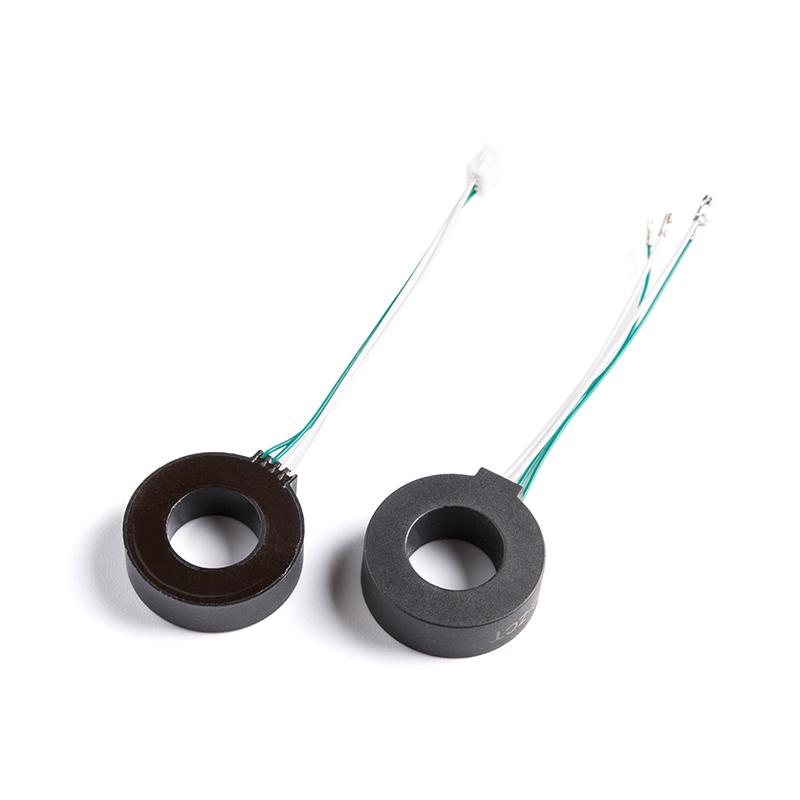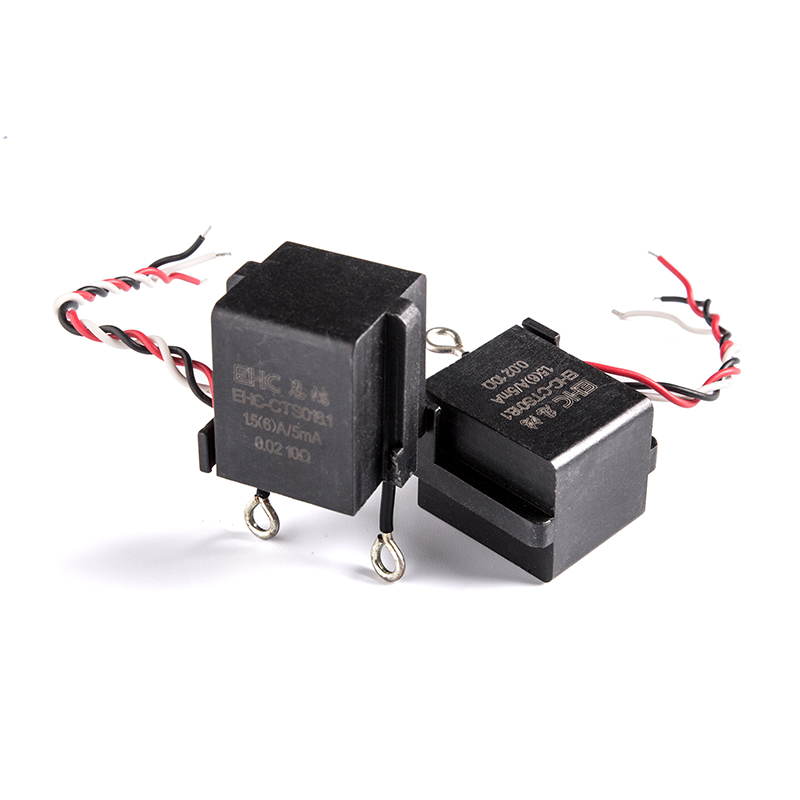High Magnetic Permeability: Amorphous and nanocrystalline materials exhibit significantly higher magnetic permeability compared to conventional crystalline materials. This property allows for the design of compact inductors with higher inductance values, resulting in improved energy storage and transfer efficiency.
Reduced Core Losses: Amorphous Nanocrystalline Inductors have lower hysteresis and eddy current losses compared to traditional magnetic materials. This leads to reduced core losses in the inductor, which translates to higher overall efficiency and less heat generation.
Improved Frequency Response: These materials have a wide operating frequency range, enabling the design of inductors that can operate at high frequencies while maintaining stable performance. This is particularly useful for applications such as power electronics and radio frequency (RF) circuits.
Compact Size: The high magnetic permeability and reduced core losses allow for the construction of smaller and more compact inductors without sacrificing performance. This is especially valuable in space-constrained electronic devices.
Temperature Stability: Amorphous and nanocrystalline materials often exhibit better temperature stability of magnetic properties compared to traditional materials. This stability ensures that the inductor's performance remains consistent over a range of operating temperatures.
Reduced Electromagnetic Interference (EMI): The low core losses and high-frequency capability of these materials contribute to lower electromagnetic interference, which is crucial in sensitive electronic systems where EMI can degrade performance or cause malfunctions.
High Saturation Flux Density: Amorphous and nanocrystalline materials have higher saturation flux density, meaning they can handle higher levels of magnetic flux before saturating. This property is useful in applications where transient currents or high magnetic fields are encountered.
Customizability: These materials can be manufactured in various shapes and sizes, allowing for tailored designs to meet specific application requirements.
Better Stability over Time: Amorphous and nanocrystalline materials tend to have stable magnetic properties over time, ensuring consistent inductor performance throughout the lifespan of the device.

 English
English 中文简体
中文简体 Deutsch
Deutsch 日本語
日本語

 View More >>
View More >> View More >>
View More >> View More >>
View More >> View More >>
View More >> View More >>
View More >> View More >>
View More >> View More >>
View More >>